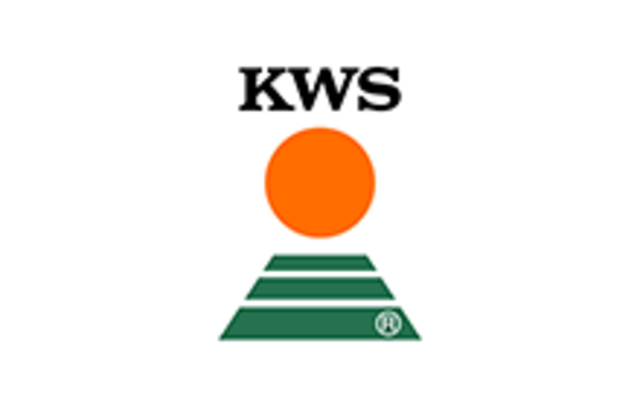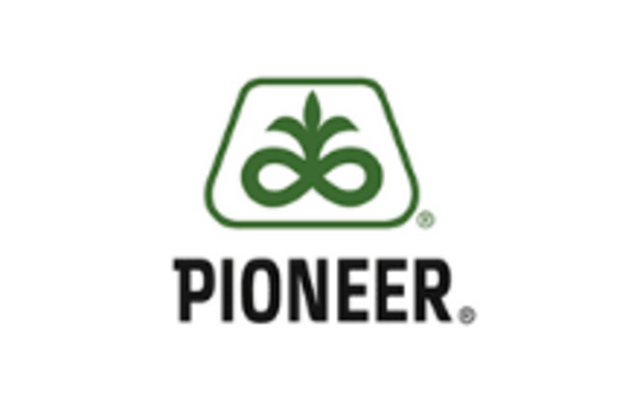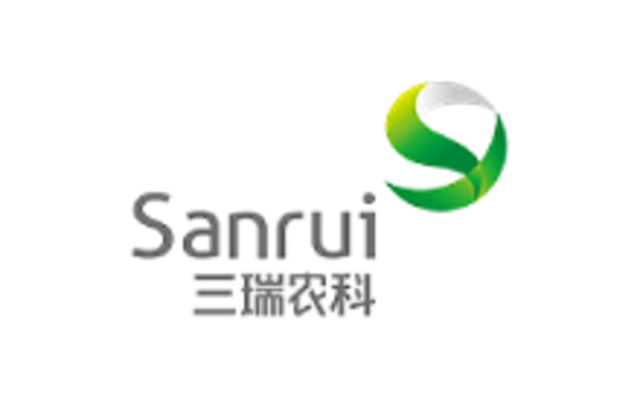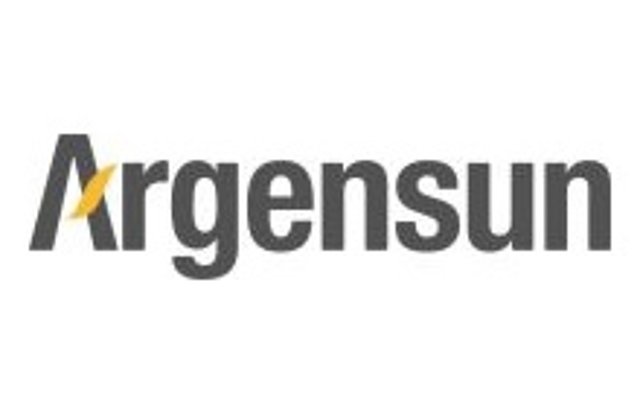From the looks of it, 2015 will be another challenging year in terms of marketing commodities. Most commodity prices are significantly lower at this time than they were a year ago. Corn and soybeans are at lows not seen since 2010. Margins will be tighter, so producers will need to buckle down and watch their marketing in the year ahead. You will also have to sharpen your pencil when it comes to figuring the bottom line, as crops that were profitable last year may not be in 2015.
Historically, minor crop prices have always been priced above major commodities such as wheat, corn and soybeans. That has been necessary to ensure the volume of minor crop acres gets planted. From the looks of it, we are headed back to that historical trend. Minor crop prices have declined somewhat but not to the degree of the big three, especially corn and beans. Companies within the sunflower industry report renewed interest from producers who have not planted sunflower in a few years but are considering planting them in 2015 as they look for crops that pencil out. The situation is reported to be similar for most other minor crops.
Before We Look Ahead to 2015, How Did 2014 Turn Out?
A difficult growing season in much of the Dakotas and parts of Minnesota is leaving many in the trade scratching their heads about where the overall final yield will end up. Yield reports during harvest were inconsistent, ranging from below average to above average, depending on the area and weather conditions it experienced this year.
In its October estimate, USDA pegged harvested oil-type sunflower acres 5% lower than the reduced 2013 harvested acre figure. If realized, this would result in a small 11% increase in total oil-type production from 2013. Also, USDA estimated stocks of oil-type sunflower seed at 114 million lbs, a decrease of 58% from last year to begin the 2014/15 marketing year.
Needless to say, it is highly unlikely that there will be much of a carryover going into next fall’s harvest. The bins should be empty, and there should be strong demand at harvest for the 2015 crop — especially if 2014 harvested acres increased only slightly as expected.
Adding more bullish news, world sunflower production is predicted to slide 5% in 2014/15 after the production outlook for Russia and Ukraine was cut, according to data from Hamburg, Germany-based Oil World. Oil World projects world sunflower production at 40.5 million metric tons (MMT) in 2014/15 versus 42.6 MMT in 2013/14. This will reduce the world crush and oil supply this marketing year. It is also expected to increase the price premium for sunflower oil relative to soybean and palm oils. This is good news, as sunflower prices are mainly derived from oil values.
Should You Plant NuSun Or High Oleic?
There is a good market for both oils at this time. The NuSun era has opened many opportunities in the U.S. and Canadian markets since its inception and is still doing quite well. However, trends change and products need to adapt to consumer preferences. The market wants oils to have zero trans fat and saturated fat levels at or below 7%. In addition, food processors want oils to be very stable for extended shelf life and fry life coupled with a neutral taste profile.
High-oleic sunflower oil fits the bill on all counts. While NuSun was a positive move for the sunflower industry in the late 1990s, the increasing market demand for high-oleic oils has convinced oil crushers that the industry needs to adjust again. “We have to supply what the market wants,” remarks Guy Christensen, merchandiser for Northern Sun-ADM at Enderlin, N.D. “Our customers are telling us they are looking for heart-healthy alternatives to hydrogenated and high-saturated-fat oils. High-oleic sunflower oil is the best option for maintaining and increasing market share in the future,” he states.
High-oleic sunflower oil actually has been around since the mid-1980s, though for several years its production was restricted to just one company due to patent issues. This limited oil availability and was mostly sold into high-end niche markets.
Today, most hybrid seed companies offer high-oleic hybrids. “We have been growing high-oleic sunflower for years with no yield drag and are receiving a nice premium over NuSun prices,” says Arthur Ridl, NSA vice president and Dickinson, N.D., grower. “As sunflower producers, we need to deliver the products our customers want and need to move beyond the NuSun era into one in which high oleic is the dominant form of sunflower oil.”
So will we convert all acres overnight? No, there will be a gradual change from NuSun to high oleic as hybrid seed companies need to ramp up hybrid seed production and more customers commit to buying high-oleic sunflower oil. The process will likely take two to three more years before high oleic becomes the dominant sun oil.
How Much Can Acreage Increase Before It Impacts Prices in 2015?
No estimates are out yet on 2015 sunflower acres, but industry analysts believe that acreage will increase, given the interest they are hearing from producers. I wish there was a crystal ball to predict this; but, as you know, there isn’t. However, based on historical usage, an increase in acres of 15-20% in 2015 can easily be added, given current demand, without impacting present prices to a great degree.
Several new domestic customers have come on board, adding sunflower oil to their product mix. Export markets are growing as well, giving several market options to sell oil. Obviously, world events can change markets in a hurry; but based on the small increase in 2014 production, tight seed stocks and product demand, the sunflower market should be aggressive in 2015 to get acres to replenish stocks and meet demand.
As of this writing, crushers in the Northern Plains are offering both 2015 cash and Act of God (AOG) contracts for NuSun at around $17.55-$18.10/cwt. In the High Plains, NuSun cash and Act of God (AOG) contracts are at around $16.60-$17.60/cwt for 2015 delivery. High-oleic sunflower contracts at a premium in a range of $1.70-$3.75/cwt to NuSun prices are being offered as well.
To keep up with price movement and to find buyers of oil-type seed, go to the NSA website: www.sunflowernsa.com. As you prepare your crop budgets for 2015, take a look at oil sunflower. It may be among your top-earners.










